This post is written by alumnus and donor, Kelvin Ramsey, and was recently published in StereoWorld. To read the article as it was published, click here.
Photography was a rapidly changing profession in the mid-19th century. Daguerreotypes gave way to ambrotypes and tintypes to images printed on cdvs and then cabinet cards. Photographers were either nimble in adapting or had short-lived careers. An example of a family attempting to adjust were daguerreotypist Thomas L. Ennis and his son stereographer George O. Ennis. Their profession took them from Philadelphia to Charlottesville, Virginia to Richmond, Virginia with perhaps a brief interlude in Cleveland, Ohio. The elder Ennis's career lasted around 15 years and his son about the same length of time.
Thomas L. Ennis: Daguerreotypist
 Fig. 1 An 1860 ad in a Lynchburg, Virginia newspaper for Thomas Ennis' gallery.
Fig. 1 An 1860 ad in a Lynchburg, Virginia newspaper for Thomas Ennis' gallery.Thomas Luques Ennis (born c. 1810) was the son of an Irish immigrant Thomas Ennis and Philadelphia Quaker Lydia Cassel. He grew up in Philadelphia where his father was an Inspector of Butter and Lard1. It is probably through his mother's Quaker family connections that Thomas L. picked up his photography career. Quakers were daguerreotypists in Philadelphia, but more importantly were patrons and frequent customers for portrait daguerreotypes2,3. In the 1850 U.S. Census, Thomas L. Ennis is living in Germantown, Pennsylvania with four children ages 14 to 5 including 10 year-old George. The wife of Thomas Ennis, Mary Jane, had died in 18471. Thomas Ennis' occupation was listed in the census as "degarotypist."
As with many photographers of his day, the business address for Thomas Ennis changed frequently. It has been observed that the address of the photographer reflected the importance and in much respect the quality of their product3. Table 1 is a rough chronological listing of Ennis's gallery in Philadelphia. There are conflicts among the sources as to exact addresses and dates.
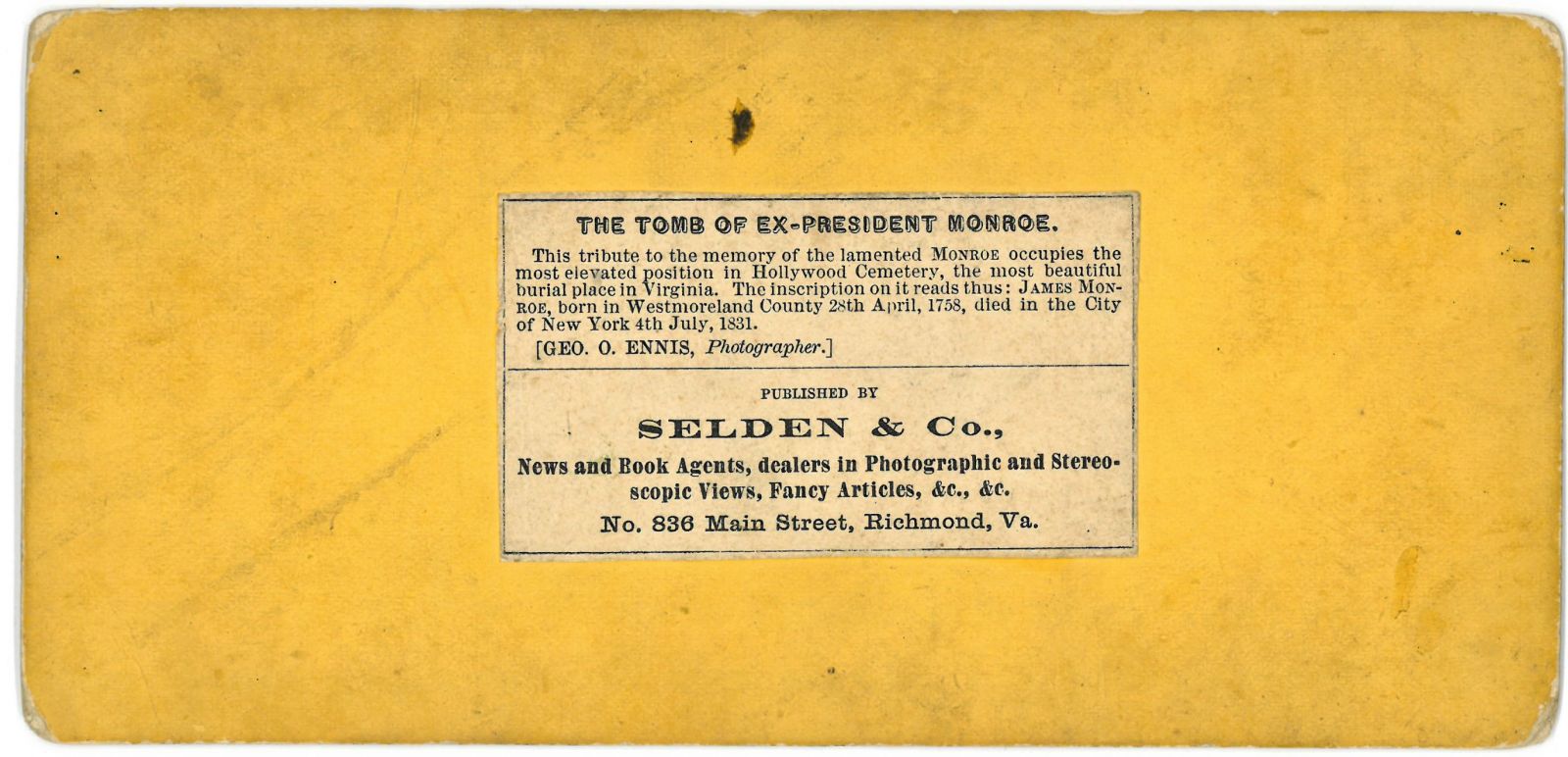 Fig. 2 A Selden & Ennis back label.
Fig. 2 A Selden & Ennis back label.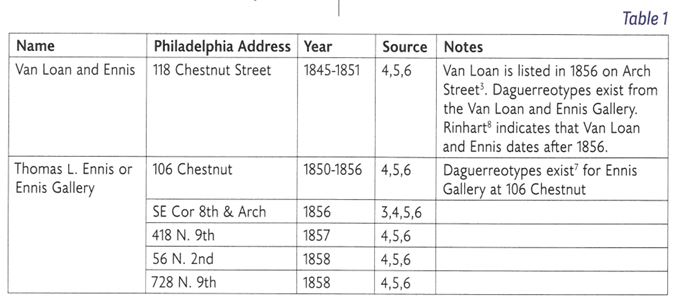
Ennis moved his Gallery to Cleveland, Ohio9,10 in 1853 with a return to Philadelphia in 1856. Certainly, he had returned to Arch Street in Philadelphia by 18563. I have not been able to locate any images associated with Ennis in Cleveland. It is unknown whether his family moved with him to Cleveland. Thomas Ennis' career takes another surprising turn in that by 1860 he has moved with his family to Charlottesville, Virginia according to the 1860 Census. Thomas, his son George, and his nephew Henry C. Brooks all have an occupation of "Ambro Typist." An advertisement appears in a Lynchburg, Virginia newspaper in February 1860 proclaiming the variety of products he has available11 (Figure 1). Why Ennis chose Charlottesville is unknown. Perhaps he knew W.A. Retzer, daguerreotypist, who came to Charlottesville from Philadelphia in the late 1840s12.
The timing for a new studio in Virginia could have been better. The Civil War began in 1861. It is unknown what happened to Ennis's studio. By March of 1862, he is in Richmond where he advertised from Rees's Photograph Gallery for a washerwoman for a family of three13. C.R. Rees was one of the few photographers who stayed in business in Richmond throughout the Civil War. His presence at Rees's studio in Richmond suggests he was working there. A clue that Ennis had vacated Charlottesville is that Rees advertised for ambrotype artists to go to Charlottesville in April of 186314. Ennis's presence in Richmond is the last evidence I have found regarding his association with photography. In the 1870 U.S. Census, T.L. Ennis is back in Charlottesville without family and is listed as a Hotel Clerk at an establishment owned by Rice G. Bailey. Sometime after 1870, he returned to Philadelphia. Thomas Luques Ennis died September 20, 1875 in Philadelphia1. His occupation on the death certificate is given as "house carpenter."
George O. Ennis: Stereophotographer
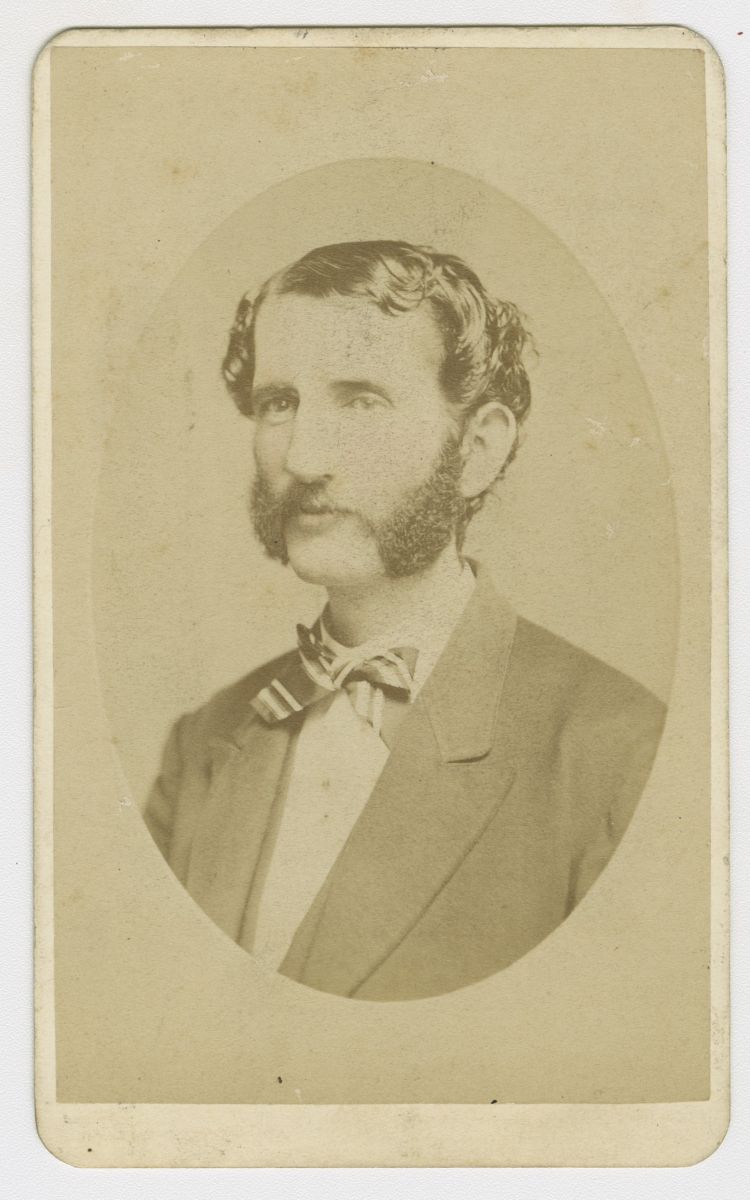 Fig. 3 Photograph of George Oakley Ennis. SC 01797. Special Collections Research Center.
Fig. 3 Photograph of George Oakley Ennis. SC 01797. Special Collections Research Center.George Oakley Ennis (Figure 2), the son of Thomas Ennis and Mary Jane Ennis, was born in 1840 in Philadelphia. He appears in the 1850 U.S. Census at the age of 10 in the household of his father. In the 1860 Census, he also appears in the household of his father in Charlottesville, Virginia with the occupation of "Ambro Typist." His age is given as 18 when it should have been 20. He enlisted on May 25, 1861 as a private in Company D of the 19th Virginia Infantry (Confederate) composed of men from the Charlottesville area. He was mustered out due to health reasons (abscess in groin; a scrofulous disease affecting the system generally) on December 22, 1861. The unit he was a part of saw limited action at the First Battle of Bull Run15. Why a Philadelphia native enlisted in the Confederate Army is a mystery. His first cousin, Henry C. Brooks, who was living with the family in Charlottesville in 1860 and working in the Ennis Gallery, enlisted as a private in September, 1861 and served in Co. F of the 2nd Pennsylvania Volunteer Heavy Artillery (Union) from 1863 until the end of the war1,16.
Perhaps George Ennis moved to Richmond after his discharge from the Confederate army and worked in one of the photographic studios. By 1867, he was in the stereoview publishing business with C.P. Selden who sold stereographs out of their news and book agent business. In 1870, George Ennis appears in the U.S. Census as living in Philadelphia with the family of his aunt and uncle (Eliza and Elias Brooks) with an occupation of photographer. Also in the household in Philadelphia was his first cousin, Henry Brooks, who served in the Union army. The Richmond City Directory for 1870 includes the Selden & Co. with the home of Ennis in Philadelphia. Table 2 shows how frequently Ennis changed locations and business associations in a span of a few years.
Trying to sort out the careers of the Richmond Stereoview publishers (i.e., Selden, Ennis, Lumpkin, Anderson, and Wright) is difficult, so this article will focus just on George O. Ennis. He appears to have joined the business of C.P. Selden who sold stereographs out of a news and book agent business in the mid-1860s and certainly by 186717. Some of the early stereoviews by Selden & Co. included Anthony views of Richmond with a Selden label on the back. Digitized stereoviews available from the library of Congress are attributed to Ennis as photographer but are definitely Anthony negatives. A public notice of Sept. 7, 1867 stated that the business had moved along Main Street in Richmond17. A label on the back of a stereoview indicated that Ennis was the photographer in the business of Selden & Co. (Figure 3) at the former address mentioned in the 1867 public notice17. Selden & Ennis continued until July of 1870, when another notice stated the dissolution of the partnership18. If the Richmond City Directory is correct, Ennis went into business for himself in 1870 and continued until sometime in 1872 when he partnered with David (D.H.) Anderson. He appears to have continued to produce and sell stereoviews out of his home and at the studio of C.R. Rees until at least 1873. At some point in 1874, George Oakley Ennis returned to his father's home in Philadelphia. He died at the age of 34 on October 12, 1874 of dropsy of the abdomen24 and was buried in Mount Vernon Cemetery1.

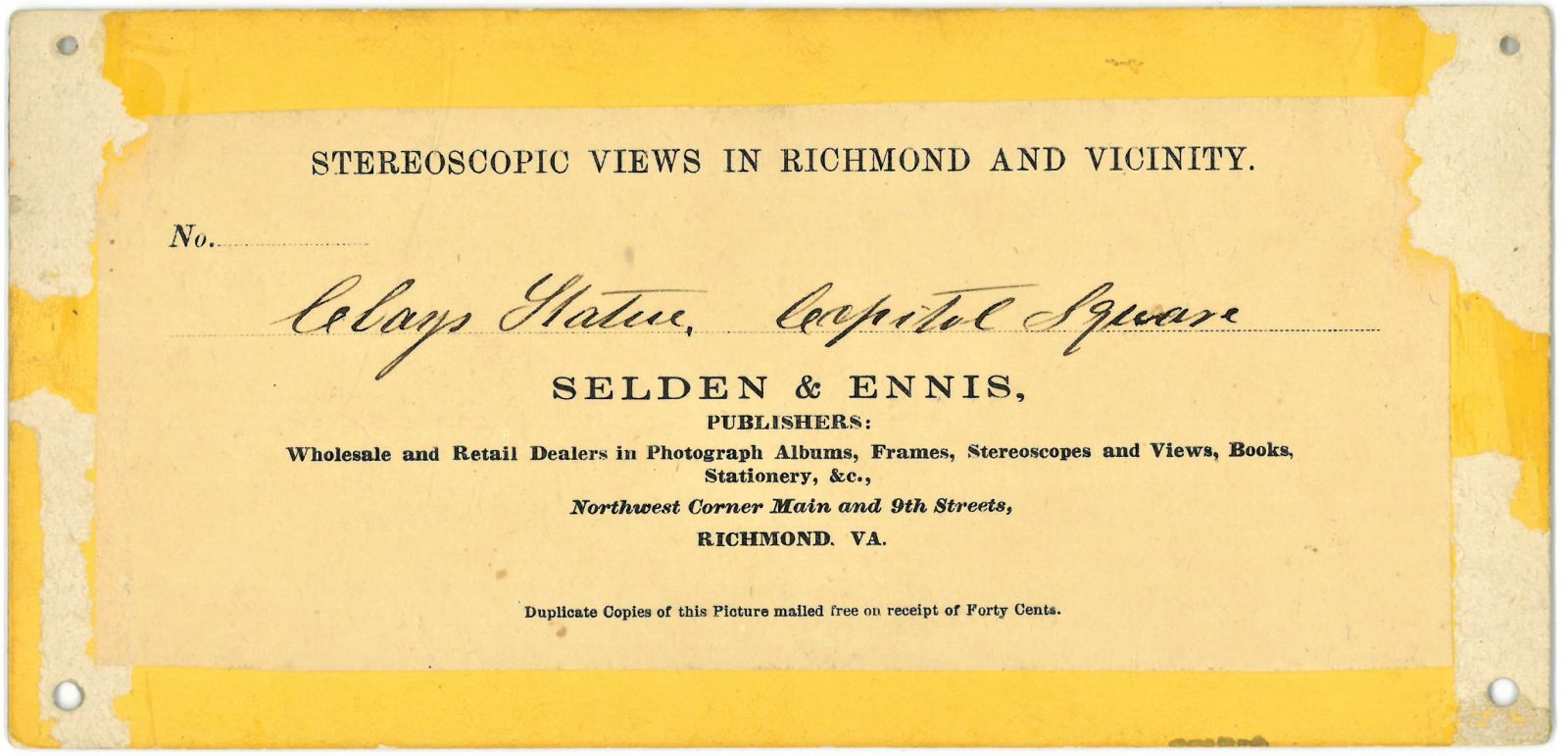 Fig. 4. A Selden & Co. label crediting George Ennis as photographer. Kelvin Ramsey Collection of Lantern Slides and Stereoviews (MS 00009). Special Collections Research Center.
Fig. 4. A Selden & Co. label crediting George Ennis as photographer. Kelvin Ramsey Collection of Lantern Slides and Stereoviews (MS 00009). Special Collections Research Center.Ennis Stereoviews
Other than views with the back label specifically mentioning George Ennis of the Tomb of President Monroe (Figure 4), no stereoviews of Selden & Co. can be attributed to George Ennis. Several Selden & Co. views were Anthony negatives. Many others have a Selden & Co. label pasted over a printed back label of D.H. Anderson. Back labels of Selden and Ennis are rare but give a lot of information about the business (Figure 2). The label gives the scope of the business (photograph albums, frames, stereoscopes and views, books), their location, (northwest corner Main and 9th Streets), and the cost of views (40 cents with free shipping). Since Anderson began his photography studio in Richmond as early as 186625, Selden may have been selling Anderson views. Selden and Ennis dissolved their business in 1870. A stereoview of Monroe's Tomb has a back label with his 1870 address (Figures 5, 6). An identical view has a Selden & Co. label. Some of the Anderson and Ennis stereoviews also have the same style of paper label pasted over the Anderson printed back.
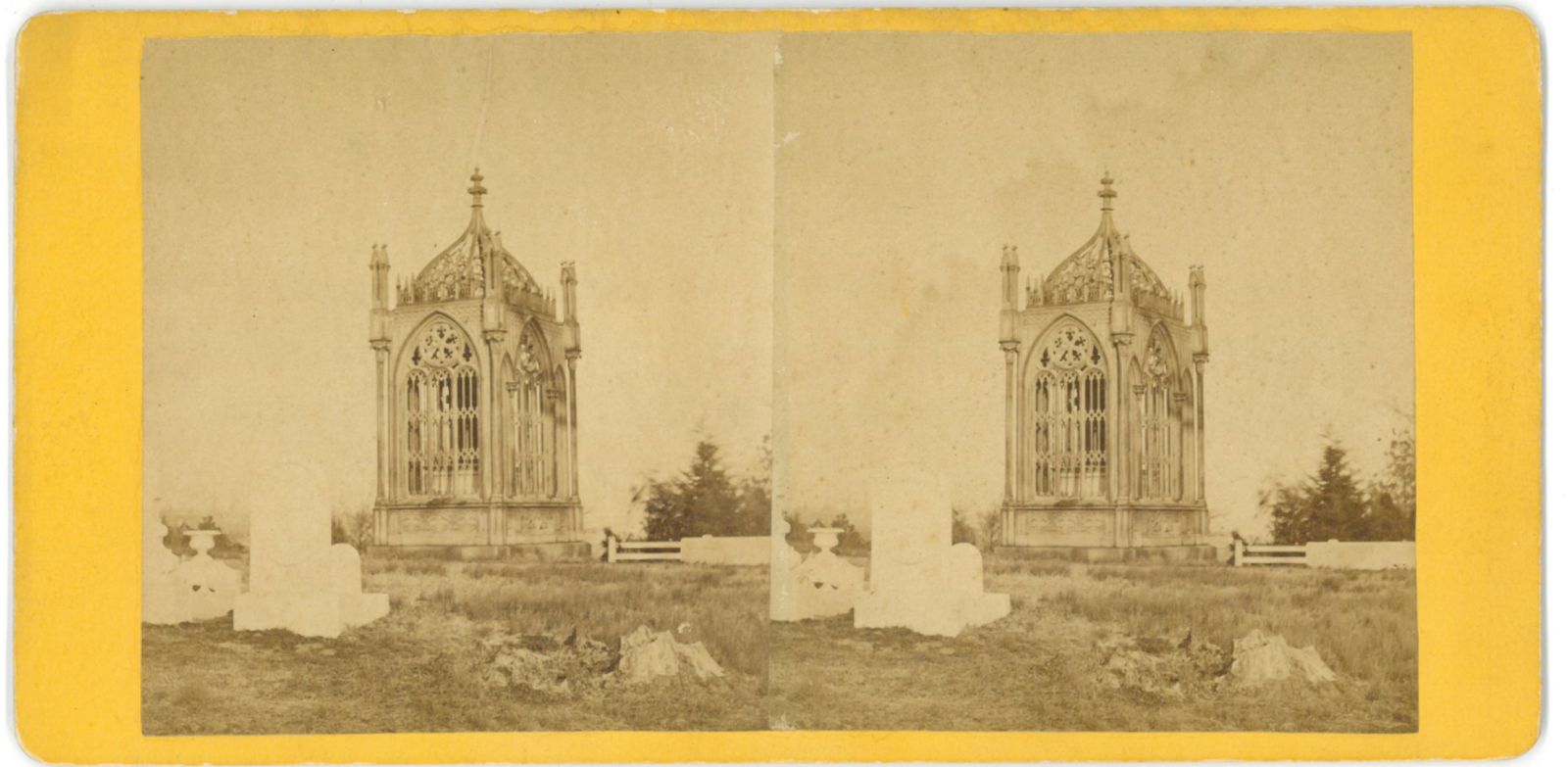 Fig. 5. George O. Ennis, The tomb of James Monroe in Richmond's Hollywood Cemetery. Kelvin Ramsey Collection of Lantern Slides and Stereoviews (MS 00009). Special Collections Research Center.
Fig. 5. George O. Ennis, The tomb of James Monroe in Richmond's Hollywood Cemetery. Kelvin Ramsey Collection of Lantern Slides and Stereoviews (MS 00009). Special Collections Research Center.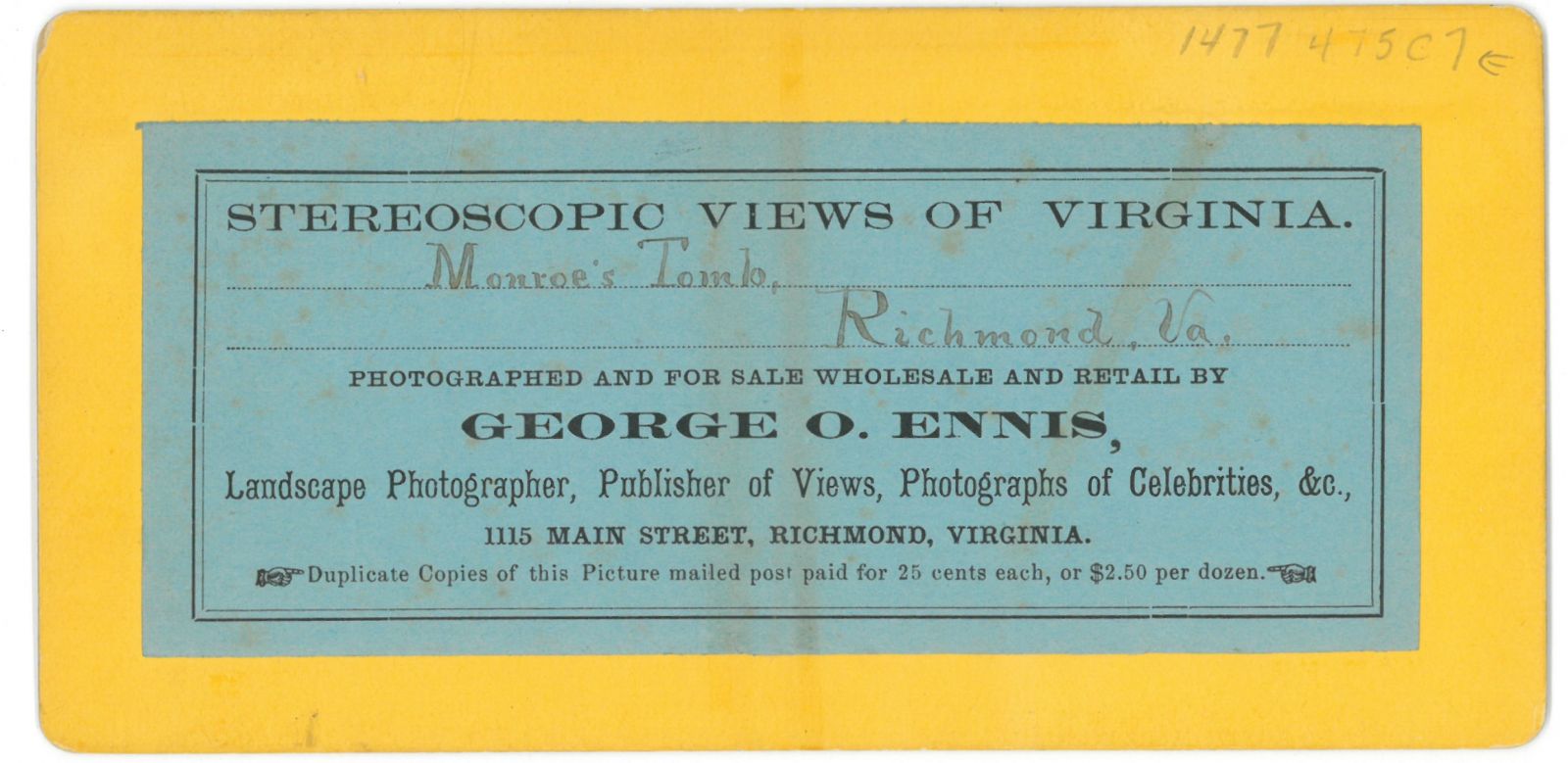 Fig. 6. Back label on the Monroe's Tomb view with Ennis' 1870 Richmond address. Kelvin Ramsey Collection of Lantern Slides and Stereoviews (MS 00009). Special Collections Research Center.
Fig. 6. Back label on the Monroe's Tomb view with Ennis' 1870 Richmond address. Kelvin Ramsey Collection of Lantern Slides and Stereoviews (MS 00009). Special Collections Research Center.One of the innovations that Ennis was part of was the numbered view backlist. The lists were somewhat thematic, titled "Views of Richmond and Vicinity" (Figure 7) and "Virginia Views" (Figure 8). The backlists were both pasted paper labels and printed directly on the cards. Interestingly, both versions also exist without Ennis's name; the paper label clearly having his name and address cut from the bot- tom and the printed version with- out the line of Ennis's name. The numbered views are not sequential and range from 1 to 135. Ander- son, Anderson & Ennis, Lumpkin, Johnson, and Wright all published similar lists with some of the views being the same number and others different numbers. Ennis's stereoviews cannot be said to be particularly artistic. Most are views of public buildings and city scenery. The people in the views are posed and at a distance, such as in the view of the Washington Monument in Richmond (Figure 9). An exception is a stereoview of supposedly the oldest building in Richmond that was reported to have been Washington's Headquarters for a short period of time (it was not). It is now the site of the Edgar Allan Poe Museum. In the view a group of men and women are lazily posed around the entrance (Figure 10). I believe that George Ennis is the person with the hat and cane to the far left (Figure 11) when compared with the cdv of Ennis (Figures, 11, 2). This view is dated in pencil on the right-hand side, Nov 18/72 (November 18, 1872). There is another Ennis view of the Statue of Henry Clay also in Richmond in the collection that has the same date. It is not uncommon for the views from the 1870s to have dates written on them that are either a date of production, or just as likely, the date of purchase. Anderson and Ennis views also have dates written on them from 1872. Anderson and Ennis produced a geographically diverse set of stereoviews including views of western Virginia associated with the mineral spring resorts scattered throughout the region (Figure 12, 13).
The heyday of stereo photography in Richmond, Virginia was the late 1860s to the mid-1870s and George O. Ennis was in the center of the activity. His partner D.H. Anderson sold his business in 188027 to George S. Cook, a photographer from Charleston, South Carolina who produced stereoviews of Charleston during the Civil War. Anderson moved to New York City where he had a successful photographic studio until his death in 19051,26. Cook only produced a few stereoviews, as Cook and Anderson Gallery and later as Cook, using Anderson negatives. The Ennis family calling as photographers lasted about 20 years and may have continued longer if George Ennis had not died at age 34 in 1874 with his father Thomas Ennis passing away the following year.
 Fig. 9. George O. Ennis, the Washington Monument in Richmond. Kelvin Ramsey Collection of Lantern Slides and Stereoviews (MS 00009). Special Collections Research Center.
Fig. 9. George O. Ennis, the Washington Monument in Richmond. Kelvin Ramsey Collection of Lantern Slides and Stereoviews (MS 00009). Special Collections Research Center.
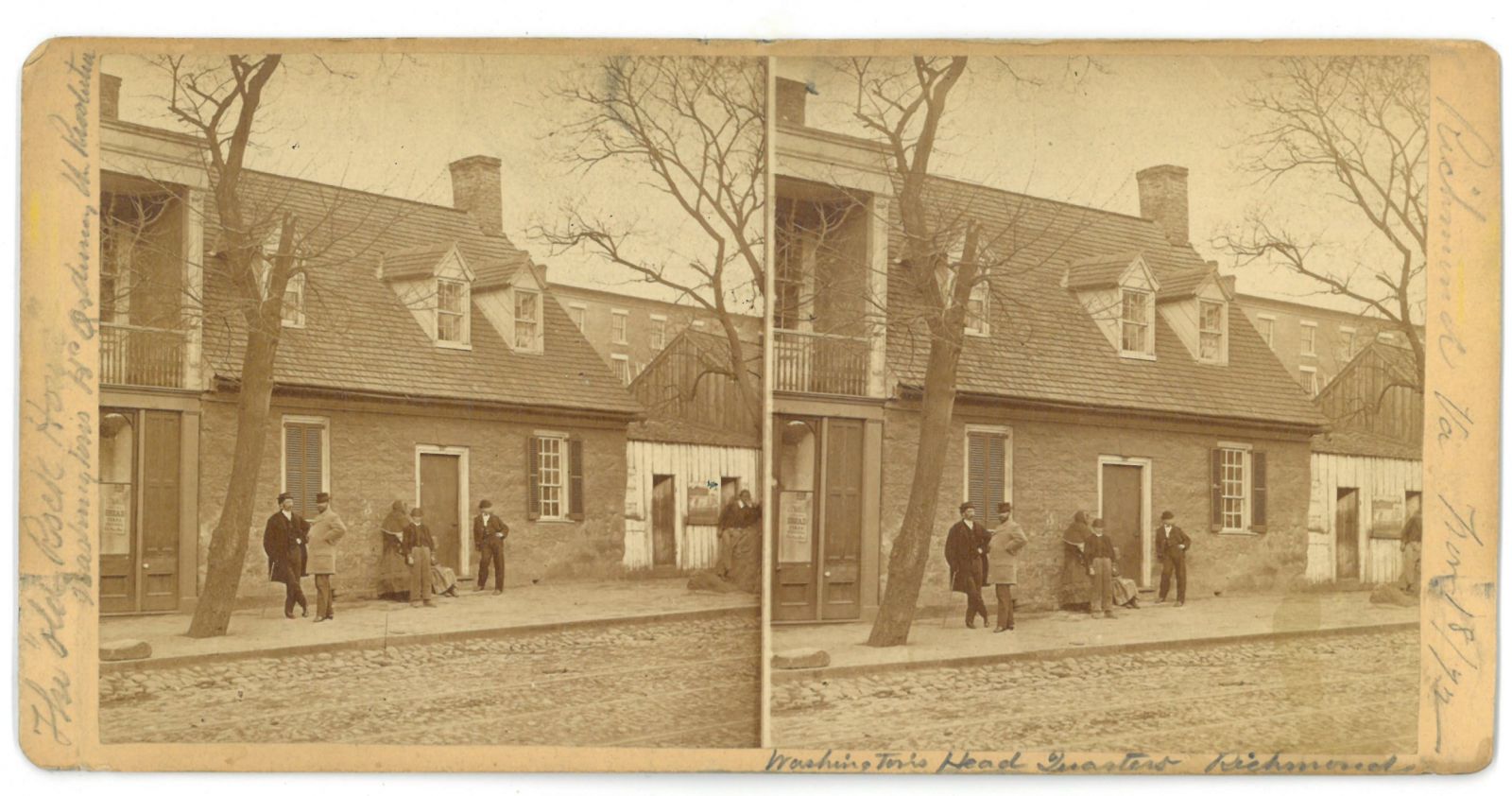 Fig. 10. George O. Ennis, "The Old Stone House" in Richmond, now the site of the Edgar Allan Poe Museum.
Fig. 10. George O. Ennis, "The Old Stone House" in Richmond, now the site of the Edgar Allan Poe Museum.
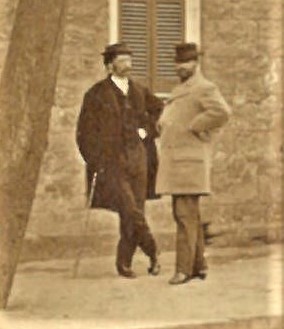
Fig. 11. Detail of Figure 10. George Ennis may be the person with the hat and
cane at left.
Notes
1. Findagrave.com
2. Verplanck, Anne Ayer, 1996, "Facing Philadelphia: The social functions of silhouettes, miniatures, and daguerreotypes, 1760-1860": College of William and Mary PhD Dissertation, Dissertations, Theses, Clifton forge
3. The Photographic Galleries of America: Number Two-Philadelphia Cuique Sum: the Photographic and Fine Arts Journal April 1, 1856, v 9 no 4, p. 124.
4. Ries, Linda A. and Ruby, Jay W., 1999, Directory of Pennsylvania Photographers 1839-1900: Commonwealth of Pennsylvania, Pennsylvania Historical and Museum Commission.
5. http://gary.saretzky.com/photohistory/philadelphiaphotographers.html
6. http://craigcamera.com/dag/e_table.htm
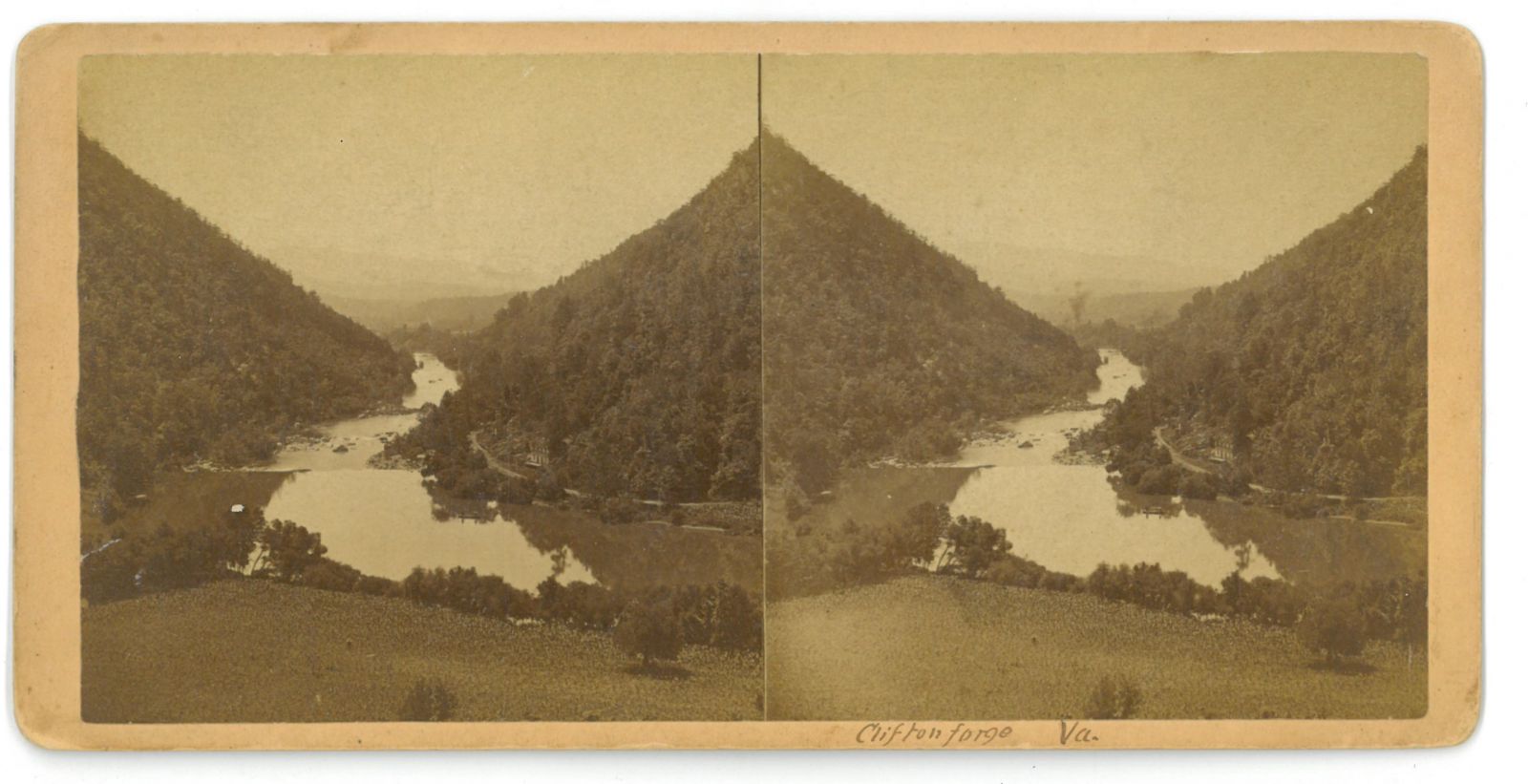 Fig. 12. George O. Ennis, Clifton Forge, VA.
Fig. 12. George O. Ennis, Clifton Forge, VA.7. Library Company of Philadelphia, print department, cased photos accession number 8379.F
8. Rinhart, Floyd, 1981, The American Daguerreotype: Univ. of Georgia Press, Athens, GA.
9. Daguerrotype movements: Humprey's Journal of the Daguerreotype and Photographic Arts and Sciences and Arts Pertaining to Heliography, December 15, 1853 and vol 5, issue 21.
10. Gagel, Diane VanSkiver, 1998, Ohio Photographers: Carl Mautz Publishing, Nevada City, Nevada.
11. Lynchburg Daily Virginian, February 3, 1860.
12. https://miamioh.edu/news/campus-news/2020/01/images-of-the-mcguffeys.html
13. Richmond Dispatch, March 13, 1862. 14. Richmond Dispatch, April 20, 1863.
15. Jordan, Ervin L., Jr., and Thomas Herbert A., Jr., 1987, 19th Virginia Infantry: H.E. Howard Inc., Lynchburg, Virginia.
16. Pennsylvania, U.S. Civil War Muster Rolls, 1860-1869 (database-on-line). Provo, UT, USA: Ancestry.com Operations, Inc., 2015.
17. Richmond Daily Dispatch, September 7, 1867.
18. Richmond Daily Dispatch, July 26, 1870. 19. Richmond City Directory, 1869 (from Ancestry.com)
20. Richmond City Directory, 1870 (from Ancestry.com)
21. Richmond City Directory, 1871 (from Ancestry.com)
22. Virginia State Business Directory 1871-1872 (from Ancestry.com)
23. Richmond City Directory, 1873 (from Ancestry.com)
24. City of Philadelphia Death Records (from Ancestry.com)
25. Ad in Richmond Dispatch, December 27, 1866
26. New Photo-miniature, 1905, Volume 6, p. 667-668. Edited by John A. Tennant, Ben Jehuday Lubschez Tennant and Ward.
27. Ramsay, Jack C., Jr., 1880, Photographer under Fire: The Story of George S. Cook: Historical Resources Press, Green Bay, Wisconsin.